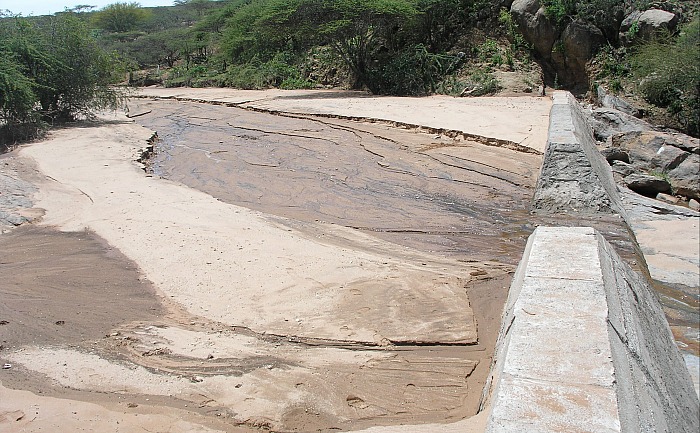
Rotary clubs across Nantwich and Cheshire have raised £15,000 towards a sand dam in a remote Kenyan village.
The dam is needed in Thavu, Eastern Kenya, to store water and help villagers survive.
The Rotary Clubs of Nantwich, Crewe & Nantwich Weaver, Alderley Edge & Bollin Valley, Biddulph, Denton & Audenshaw, supported by a Rotary Grant, teamed up to raise the rest of the money needed.
Rotary clubs teamed up with Excellent Development – a not-for-profit organisation that supports rural, dryland communities to work their way out of poverty with dignity.
Rainfall in Kenya occurs in just one or two short, intense seasons and river beds are dry for most of the year.
Without water, people cannot grow food for families or sell the surplus to earn income.
Access to a local supply of clean, safe water is a critical first step to relieving poverty.
And a sand dam, a reinforced concrete wall built across a seasonal sandy river, captures water.
The heavy sand sinks, accumulating behind the structure, while the lighter silt washes over the dam wall.
The remaining sand is 40% water, trapped in the spaces, and a dam can help store up to 20 million litres of water and support more than 1,000 people for life.
As the water has been filtered through sand, it is clean, drinkable and protected from evaporation and contamination.
And it can replenish the water table, improving soil fertility.
By planting trees, the micro-climate improves creating ‘oasis’ conditions.
Sand dams create the potential for people to farm, learn and innovate. In long established sand dam areas, there are now fish farms.






















Recent Comments